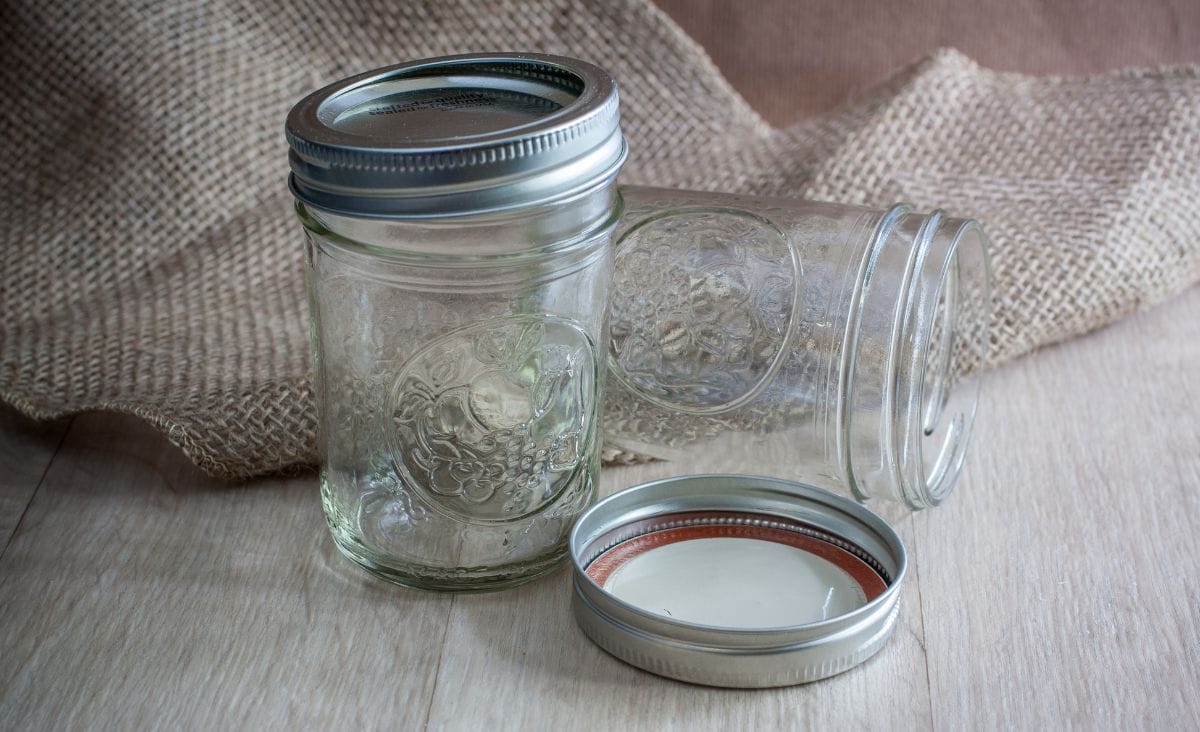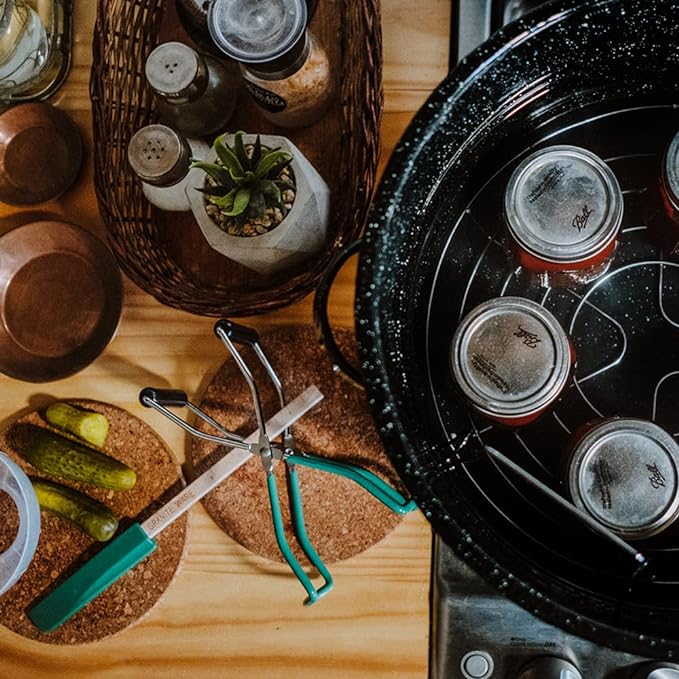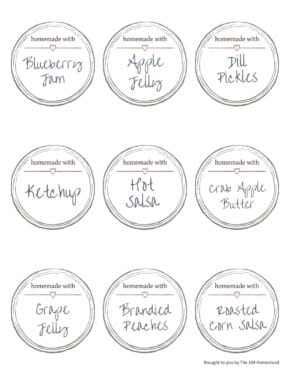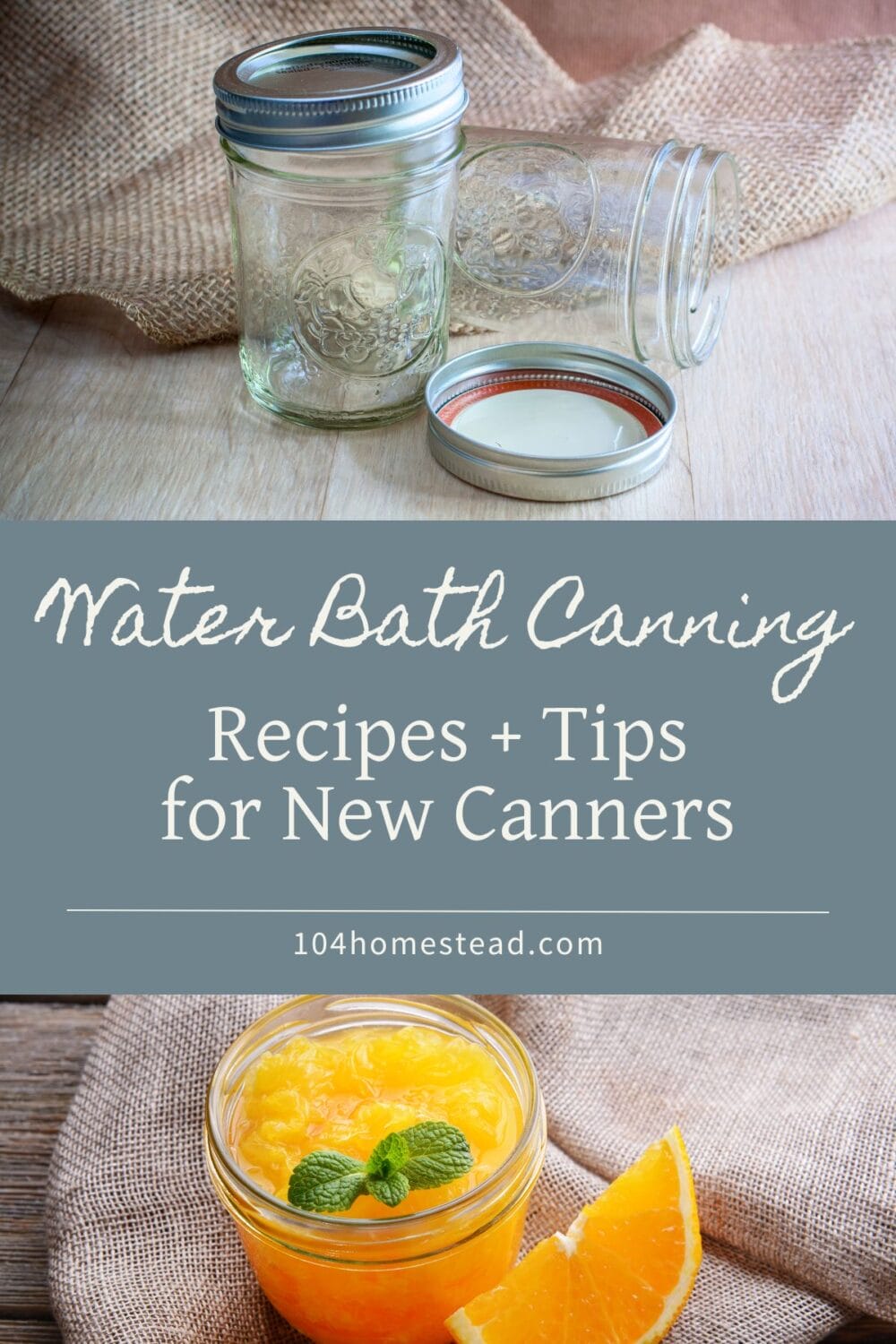Water Bath Canning Recipes and Tips for New Canners
I think water bath canning is the best place to start when you first learn canning. Check out these FAQs and recipes to help get you started.

Exploring the world of home preservation opens up a world of culinary options, and it is great to enjoy seasonal tastes all year long. Focusing on safely preserving high-acid foods, water bath canning is a great way for people who are new to this traditional method to start. This post will show you the basics, including frequently asked questions, must-have items, and a number of tried-and-true recipes. This will help you start canning on a solid and sure footing.
I was a bit nervous when I canned independently for the first time. People throwing around a word like botulism does tend to unnerve you. I really didn’t want to be a headline in the paper.
Woman Takes Out Entire Family with Unsafe Can of Carrots
Honestly, though, it’s really not that hard. If you have someone in your life who is willing to mentor you, spend some time canning with them. If you don’t have a mentor, check for local classes.
If you can’t find an actual person to teach you, Ball’s Blue Book Guide to Preserving is like the canning bible. You should always get the latest edition because canning practices, such as changes in canning lid procedures, are always evolving.
What is Water Bath Canning?
Water bath canning is a method of preserving food in which jars filled with high-acid contents are placed in a large pot of boiling water and heated for a set period of time. This process kills harmful bacteria and other microorganisms, seals the jars to prevent air from entering, and extends the shelf life of the food. It’s an ideal technique for fruits, jams, jellies, salsas, and other high-acid foods because the high acidity and the heat treatment prevent the growth of harmful bacteria.
In contrast, pressure canning uses a specialized pressure canner to process low-acid foods such as vegetables, meats, poultry, and seafood. Unlike water bath canning, pressure canning heats the contents to a higher temperature than boiling water can achieve, typically 240°F (116°C) or higher. This is necessary to destroy botulinum spores, which can survive the temperatures reached in water bath canning and pose a risk of botulism when low-acid foods are canned.
Pressure canning is the only safe method for canning low-acid foods because it ensures that the food is heated evenly and thoroughly to a temperature high enough to kill all harmful microorganisms.
Supplies You Need to Get Started
To get started with water bath canning, you’ll need a few essential supplies. First, a water bath canner is crucial; it’s a large pot with a rack to hold jars off the bottom. For this, the Granite Ware 8-Piece Enamelware Water Bath Canning Kit is a perfect starter set. It includes the pot with lid and a rack that holds 7 one-quart jars, 9 pint jars, or 12 half-pint jars, plus a bubble remover with ruler, a jar lifter, a magnetic lid lifter for safely removing lids from boiling water, a jar wrench for tightening or loosening jar lids, and a jar funnel.
If you’re looking for a more comprehensive kit, the Granite Ware 12-Piece Canner Kit offers the same pot with lid, rack, and tools as the 8-Piece Kit, plus a 9.5” colander and a blancher with drain insert, covering nearly all your needs.
Additionally, you’ll need canning jars with new lids and rings. Reusable canning lids are a sustainable alternative to traditional single-use lids, designed for home canning. They typically consist of a plastic lid and a rubber gasket that can be used multiple times, offering a cost-effective and environmentally friendly option for those who do regular canning. With these supplies, you’ll be well-equipped to start preserving your favorite high-acid foods safely at home.


Please note that these labels don’t have contents written on them. That portion is blank so you can write it in yourself. They can be printed in color or in grayscale. They have been formatted to be printed on Avery labels.
Water Bath Canning FAQs
Because this is such an extensive list, I’ve broken it down into sections for your convenience.
General Questions
Canning Supplies Questions
During Canning Questions
After Canning Questions
Water Bath Canning Recipes
Are you ready for some delicious recipes to try out canning? These are a few of my favorites.
Jams & Jellies
My How to Can Jam Without Sugar or Honey post provides a healthier option for those who want to enjoy the sweetness of jam without the added sugar. Learn how to create naturally sweet jams and jellies that are ideal for people watching their sugar intake.
Serviceberry Lemon Balm Jam from Homespun Seasonal Living
Orange Marmalade from Simply Canning
Seedless Elderberry Apple Jam from Our One Acre Farm
Strawberry Rhubarb Jam from Heartbeet Kitchen
Gingerly Green Tomato & Vanilla Apple Jam from Homespun Seasonal Living
Homemade Hot Pepper Jelly from Better Hens & Gardens
Dandelion Jelly That Tastes Like Honey from Simply Canning
Melon Star Anise Jam from Homespun Seasonal Living
Fruits & Vegetables
Learn how to make the crispiest dill pickles with my special pickle recipe that guarantees a satisfying crunch in every bite thanks to a secret ingredient.
Spiced Peach Slices In Light Syrup from The Untrained Housewife
Fermented Deli Pickles from Fermenting for Foodies
Spicy Lemon Pickled Beans from Timber Creek Farmer
Pickled Beets with Apple Cider Vinegar & Honey from Montana Homesteader
Pickled Asparagus with Dill and Garlic from The Untrained Housewife
Spiced Brandied Peaches from Homespun Seasonal Living
Apple Pie Filling from New Life on a Homestead
Salsas & Condiments
Roasted Corn Salsa from Creative Canning
Nectarine Maple Vanilla Butter from Homespun Seasonal Living
How to Can a Zesty Salsa from The Untrained Housewife
Tried-and-True Spaghetti Sauce from Wholefully
Annie’s Green Tomato Salsa from Mother Earth News
How to Make Maple Syrup for Canning from Our One Acre Farm
4 Tips for Canning Salsa from Homespun Seasonal Living
If you’ve found value in this blog post and enjoyed reading it, why not share it with your Pinterest community? Pin the image below and spread the love!

I urge you to give canning a try. It is so rewarding, and it’s a great skill to be able to pass on. If you are anything like me, you will spend hours gazing lovingly at your cans, all lined up in a row. Happy canning!
What is your favorite food to can?

Love the imagined headline. Thanks for sharing on the Homestead Blog Hop.
I’m new to canning but I love the canned tomatos I did recently!
My just learned spaghetti sauce!!
It’s hard to pick just one favorite thing to can…..but I think stewed tomatoes….and my grandma always canned corn and tomato juice…sooooo good!
I have only canned Jams, but I really need to start venturing into more areas!